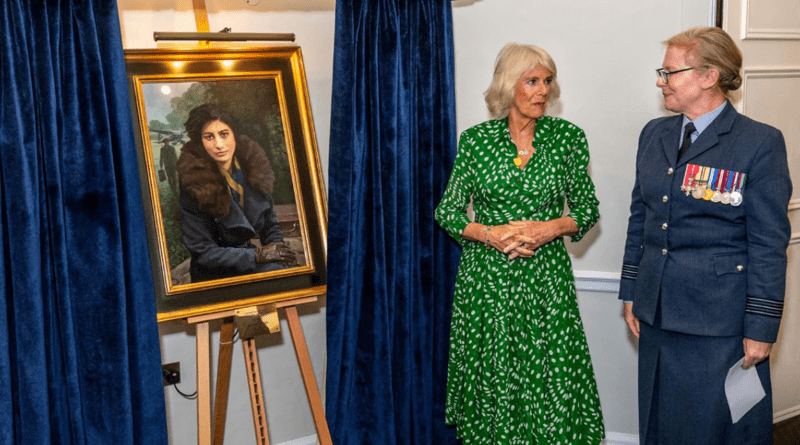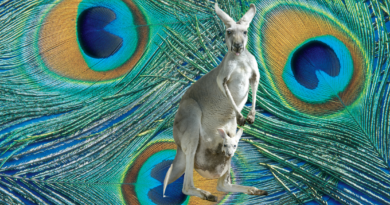Noor Inayat Khan’s Beautiful Portrait Is Unveiled Remarkably
Noor Inayat Khan, an Indian-born spy and a direct descendant of Tipu Sultan, was honoured for her sacrifices during World War II by Queen Camilla of Britain by unveiling a new painting of her at the Royal Air Force (RAF) Club.
On Tuesday, August 29, the 76-year-old senior royal also officially renamed the “Noor Inayat Khan Room” at the RAF Club, where the image stands next to a stained-glass window honoring women in the RAF that was unveiled by her late mother-in-law Queen Elizabeth II in 2018.
Paul Brason, a well-known British artist, painted the portrait.
Noor was one of only two WAAF troops to be awarded the George Cross for extraordinary bravery and heroism under trying conditions.
Shrabani Basu, a British Indian novelist who penned a book about Noor, expressed satisfaction in having the Queen reveal the artwork at the RAF Club. The Queen received the book Noor: The ‘Spy Princess: The Life of Noor Inayat Khan'” on this special occasion.
Noor Inayat Khan: A Biography
Born in Moscow in 1914 as Noor-un-Nisa Inayat Khan to an American mother and an Indian Sufi saint father, Following the defeat of France in the Second World War, she finished her education in Paris, fled to England, and enlisted in the WAAF.
She joined the SOE in late 1942, which was established to carry out espionage, sabotage, and reconnaissance in occupied regions during the war.
“Noor, also known by her code name “Madeleine,” arrived in France on June 16, 1943, becoming the first female SOE agent to do so. Noor refused to go back to England, opting instead to help her French compatriots and revive the group, according to the RAF Club, despite the Gestapo having captured the majority of the PRG’s members.
The Gestapo received a detailed description of Noor, who was only known by the secret name “Madeleine,” and they were able to apprehend her in October 1943. She refused to divulge any information despite being subjected to severe grilling about her job or her coworkers. She was detained at the Gestapo headquarters, where she made two unsuccessful escape attempts before being transferred to Germany for alleged “safe custody. She was regarded as a highly dangerous and rebellious prisoner, it said.
After that, Noor was transported to the Dachau concentration camp, where she died on September 12, 1944, according to the Independent. Noor received the GC posthumously for exhibiting the most notable bravery over the course of a year, both morally and physically.
Queen Camilla was cited by PA as saying, “I feel very humble to unveil such a brave woman.”
Ms. Khan worked as a British secret agent in Nazi-occupied France during the war. In June 1943, she was dispatched there to support the French resistance while posing as a paediatric nurse.
From behind enemy lines, she delivered crucial signals to the UK but was eventually discovered by the Nazis.
Despite being tortured by the Gestapo, Ms. Khan steadfastly refused to assist or interpret letters. Her execution took place on September 12, 1944, at the Dachau concentration camp after she was transferred there. Thirty was her age.
Britain and France both honoured her for her bravery by posthumously giving her the George Cross and the Croix de Guerre, respectively.
Since then, in honour of her royal heritage, she has been dubbed the “spy princess. She was a direct descendant of India’s Muslim emperor of Mysore in the 18th century, Tipu Sultan.
She is remembered with a blue plaque at 4 Taviton Street in Bloomsbury, London, where she resided from 1942 to 1943, and her life is chronicled in the 2006 biography Spy Princess: The Life of Noor Inayat Khan.




